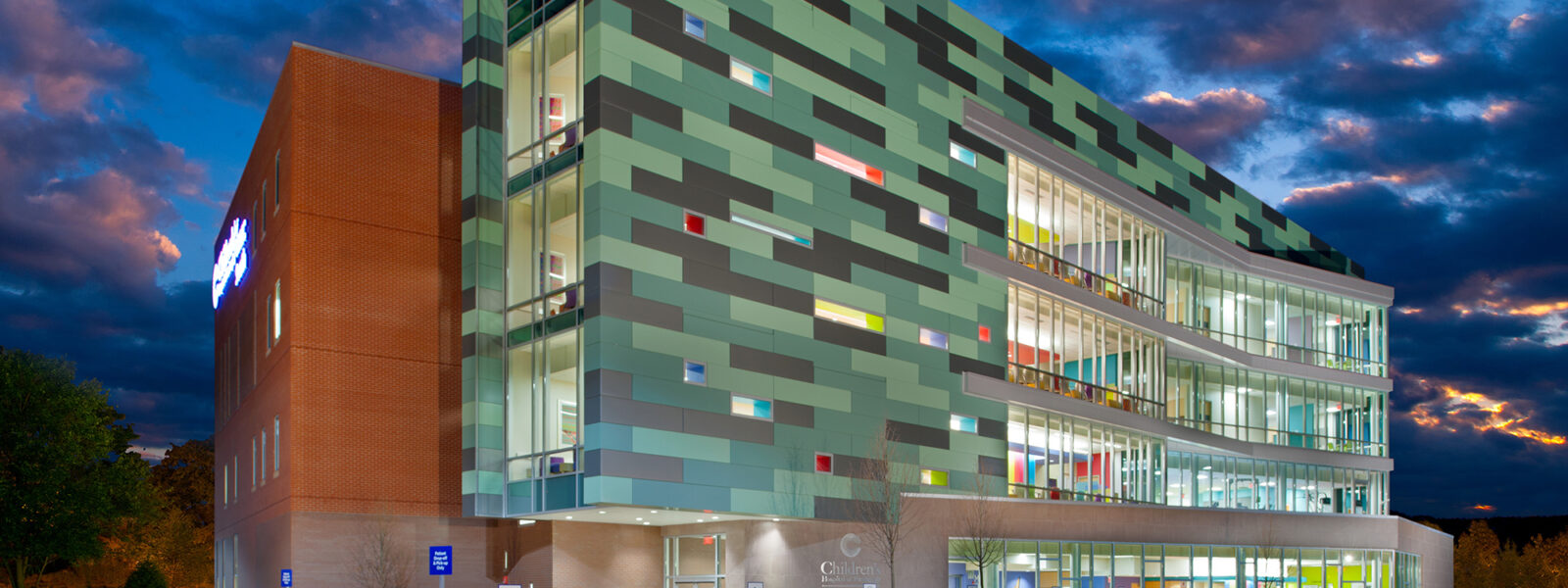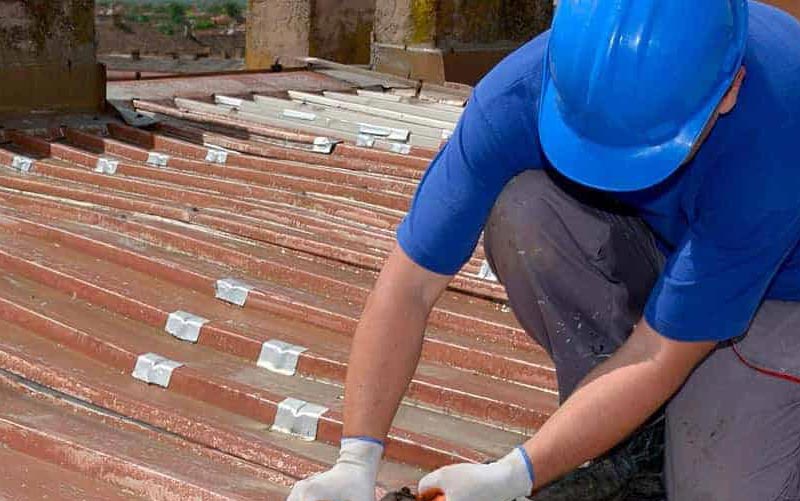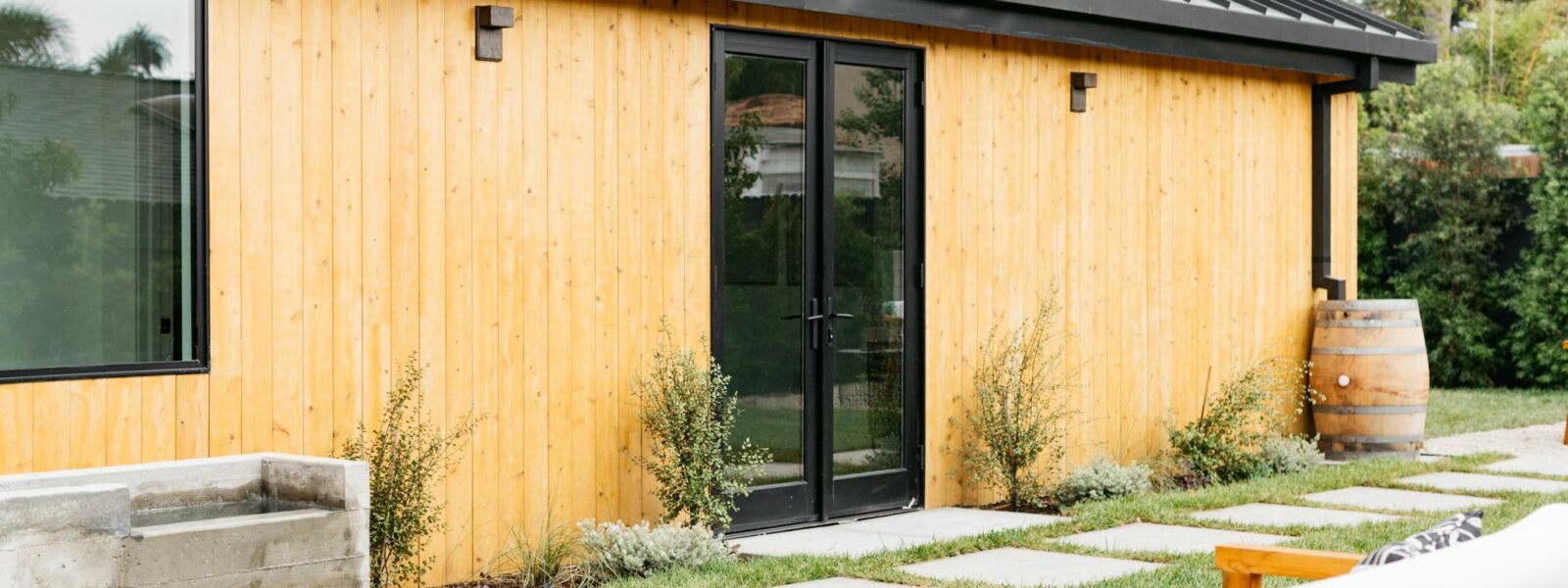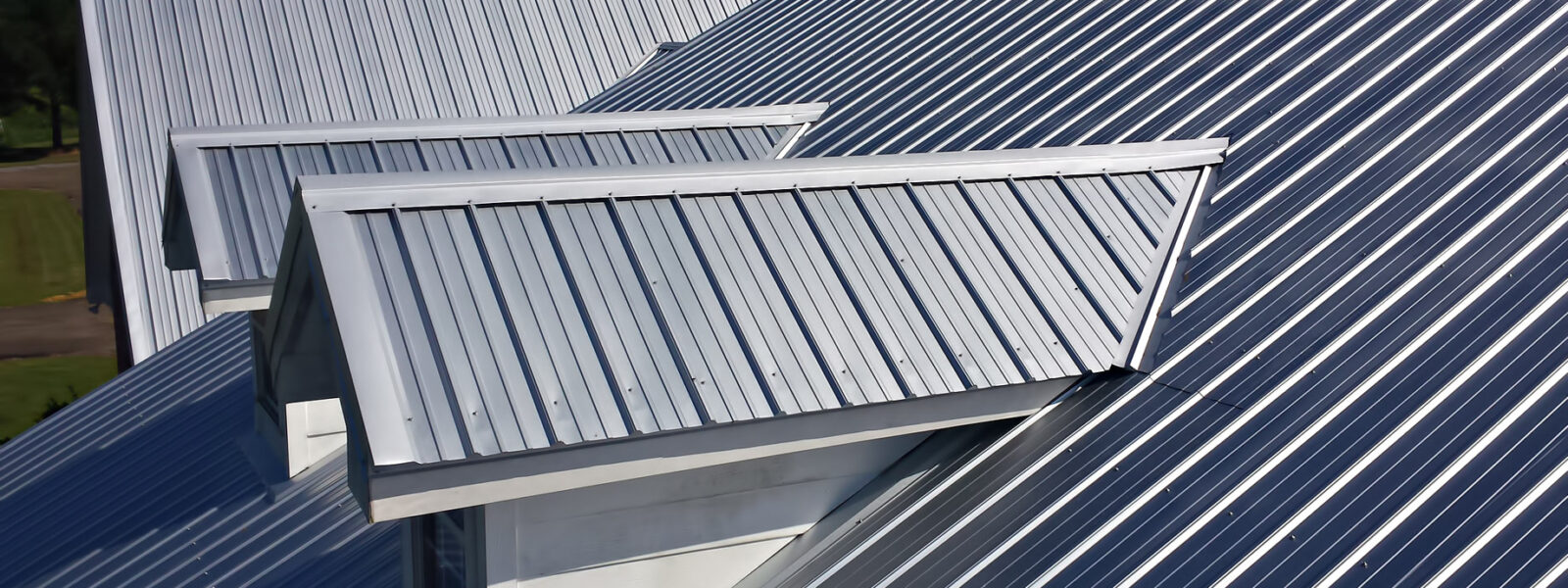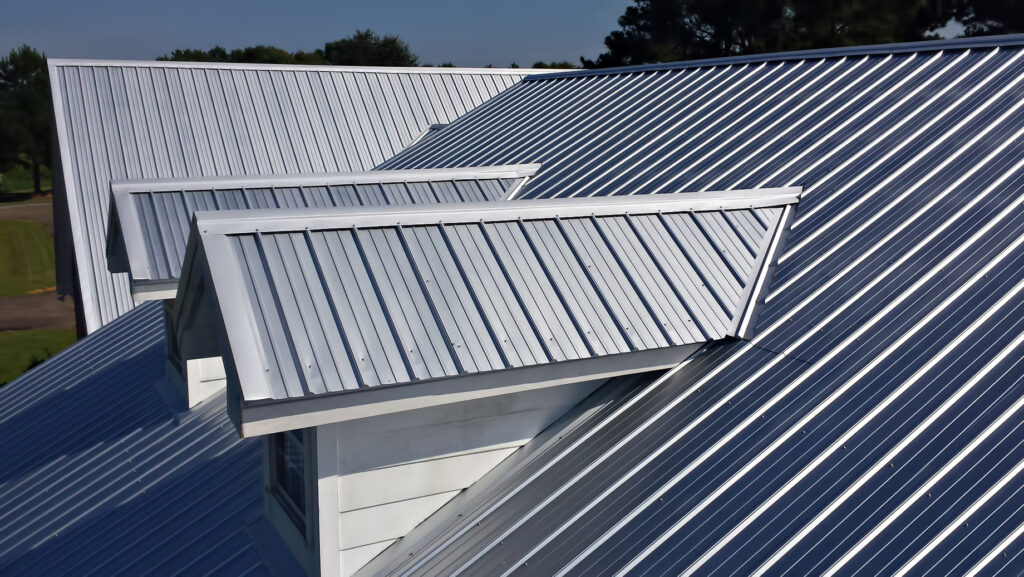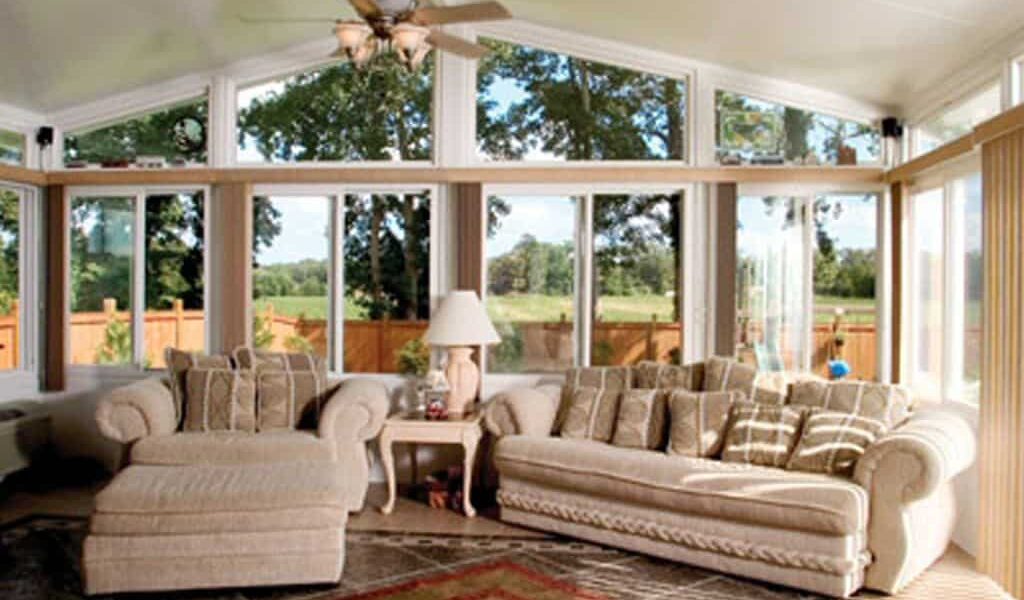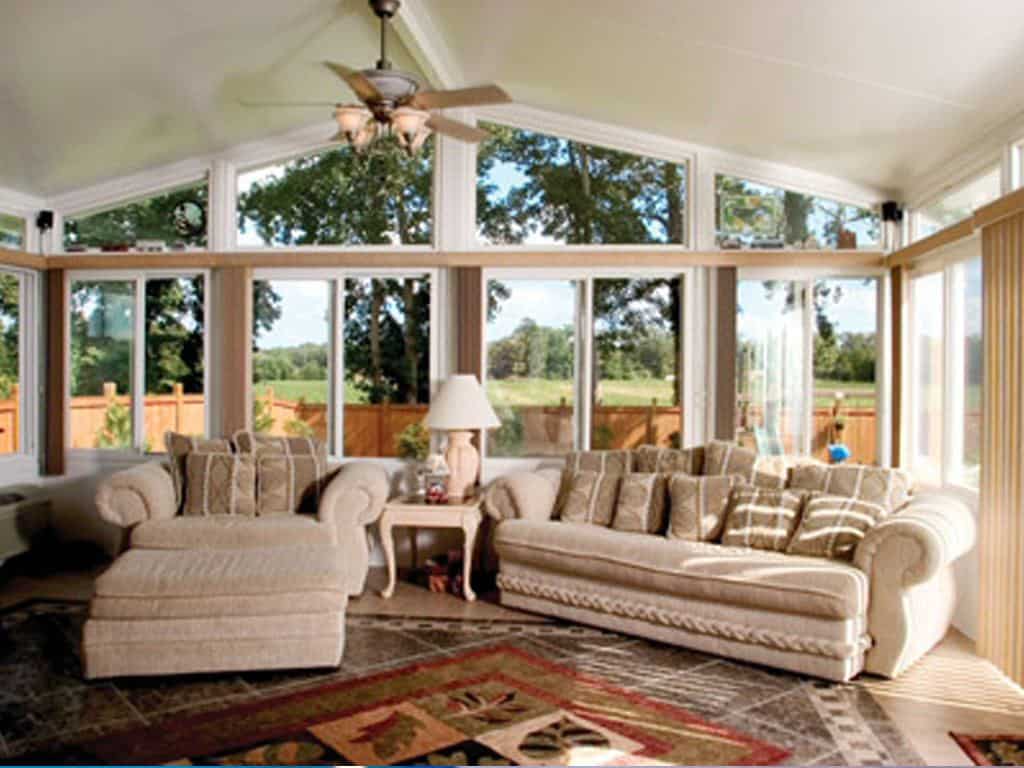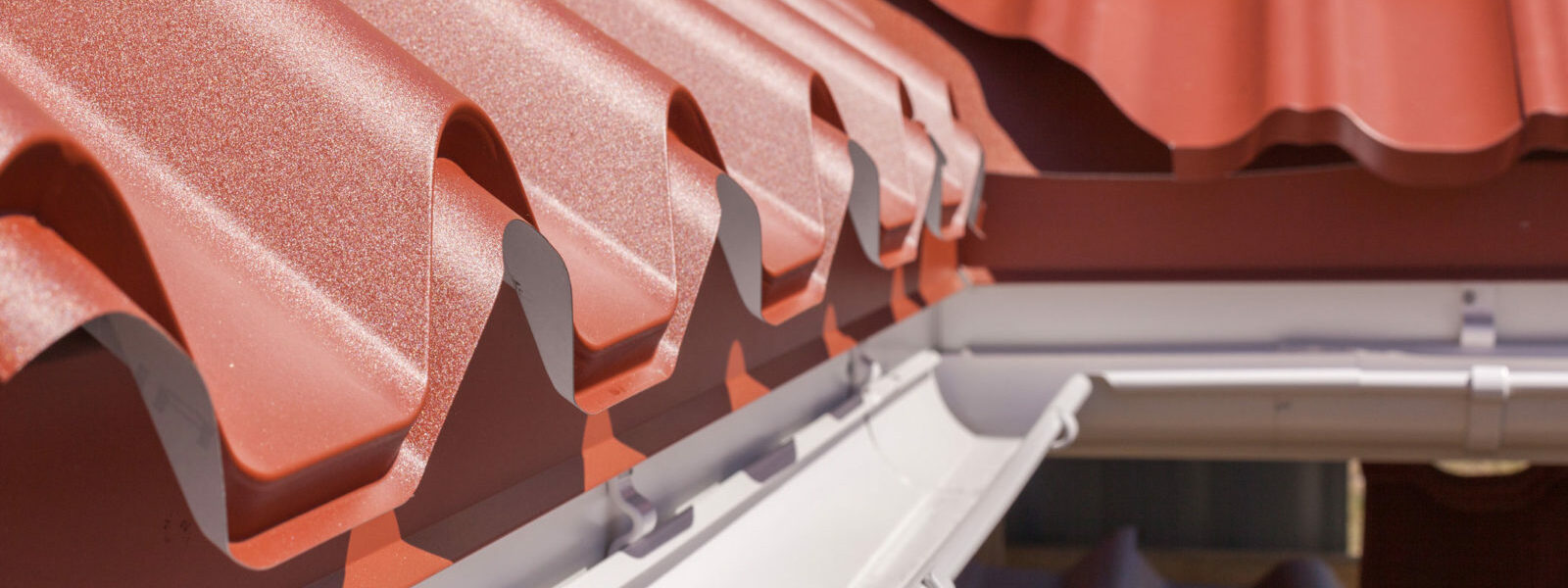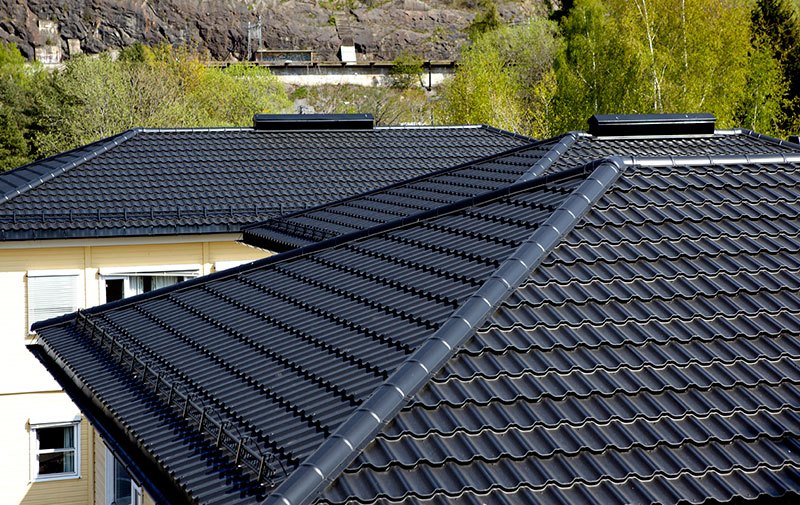Homeowners across Toronto are discovering the incredible potential of durable metal roofing options that are changing the way we think about home protection. The days of traditional asphalt shingles are giving way to innovative roofing solutions that offer homeowners peace of mind, energy savings, and a fresh look for their properties. With so many advantages packed into one roofing choice, it’s no wonder more Toronto residents are making the switch.
Understanding the Metal Roofing Revolution
Durable metal roofing options are more than just a trend – they’re a smart investment in your home’s future. Homeowners are realizing that these roofs aren’t just about protection; they’re about creating a long-lasting, efficient, and attractive solution that stands up to everything Toronto’s weather can throw their way. From downtown condos to suburban homes, metal roofing is quickly becoming the go-to choice for savvy property owners.
Cost-Effective Long-Term Protection
Let’s talk money – and how metal roofing can actually save you some. While the initial investment might seem higher than traditional roofing, the long-term benefits are impressive. Most metal roofs last 50 years or more, compared to 15-20 years for standard asphalt shingles. This means fewer replacements, less maintenance, and more money in your pocket over time. It’s like buying a quality winter coat that lasts decades instead of replacing a cheaper one every few years.
Toronto’s Climate: A Perfect Match for Metal Roofing
Our city’s unpredictable weather is no match for modern metal roofing. Whether it’s heavy snow, intense summer heat, or those sudden temperature swings, these roofs handle it all. They’re designed to shed snow easily, resist wind damage, and provide excellent insulation. Plus, they’re fireproof and can withstand intense UV rays – a pretty impressive resume for a roof.
Boosting Home Value and Curb Appeal
Here’s something exciting: metal roofing isn’t just practical – it’s beautiful. Available in a wide range of colors and styles, these roofs can completely transform a home’s appearance. Imagine upgrading your home’s look while simultaneously increasing its market value. Real estate professionals will tell you that a quality metal roof is a serious selling point for potential buyers.
Environmentally Friendly Roofing Solution
For those who care about the environment (and who doesn’t?), metal roofing is a game-changer. Most metal roofs are made from recycled materials and are 100% recyclable at the end of their life cycle. They also reflect solar heat, which can reduce cooling costs by up to 25%. It’s a win for your wallet and the planet.
Easy Maintenance, Maximum Protection
Forget about frequent roof repairs and constant maintenance. Metal roofs are incredibly low-maintenance, requiring minimal upkeep compared to traditional roofing materials. No more worrying about replacing shingles after a bad storm or dealing with constant repairs. It’s peace of mind that comes standard with your new roof.
Toronto homeowners are getting smarter about their home investments, and metal roofing represents the future of home protection. It’s not just a roof – it’s a long-term solution that offers protection, efficiency, and style all in one package. If you’re thinking about upgrading your home, it might be time to look up and consider the metal roofing advantage.

